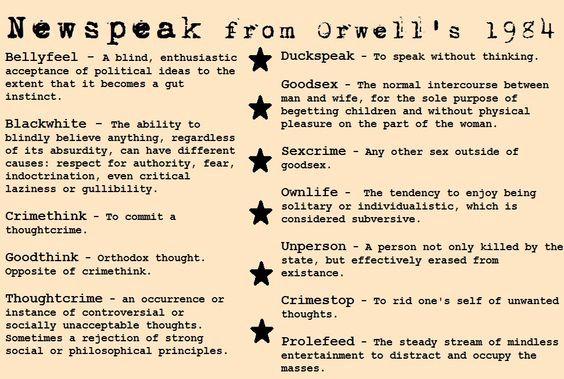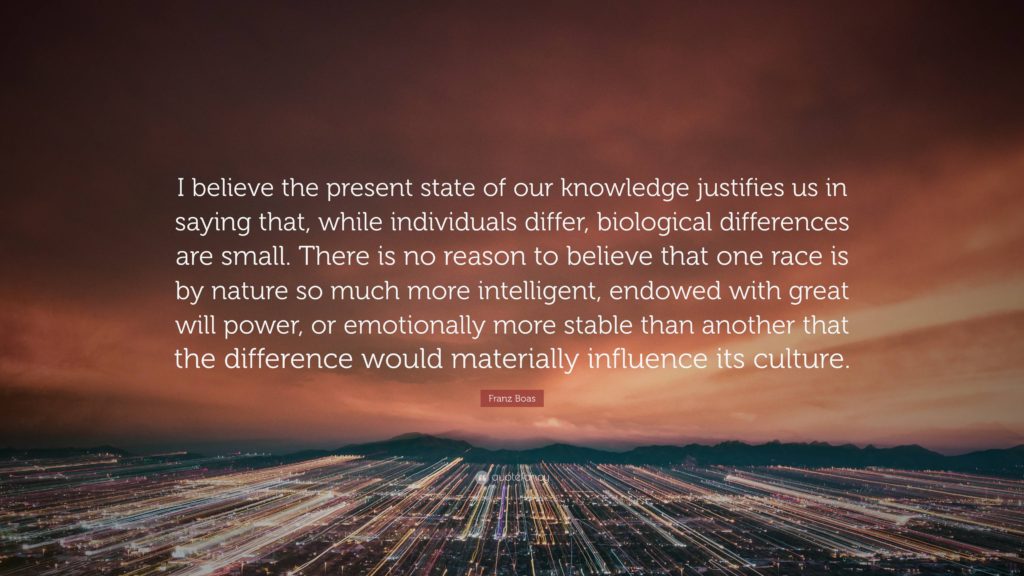
The sixth, and final, stage of the Katabasis is the transmutation of tin into lead. This completes the process of spiritual descent and makes an animal out of that which was once divine. Lead is the lowest level of the Mithraic Ladder, and in the context of Katabasis reflects a person who has not only lost touch with their divinity, but also with their basic humanity.
Shrinking is the process by which tin transmutes to lead. This reflects the fact that, in transmuting down to lead, a character exchanges vastness of soul for pettiness. The character becomes what Confucius called a xiaoren, or small man. Metaphorically, a character’s consciousness shrinks, and that divine energy is replaced by animal energy. The character becomes a monster.
A character of tin might be degenerate, but they are still often fun to be around. In transmuting to lead, the character of tin loses the good humour and sociability that makes the character of tin so fun. They become dark and serious, even sinister. The realm of lead is the realm of the extreme resentment that makes truly horrendous crimes possible.
Extreme stress is a common catalyst for the transmutation to lead. One major trauma, enough to cause thorough bitterness, is typical. Here one can see how the Katabasis is structurally similar to the Anabasis, even if the overall movement is in different directions, as both begin with large numbers of acts of subtle emotional energy, and both are completed with singular acts of extreme emotional energy.
A major traumatic experience, such as getting stabbed almost to death, can create a permanent fear response that robs life of joy. The collapse of a character’s environment, from peacetime to wartime, can manifest a constant joyless state. Becoming a refugee or an orphan, or getting caught in a natural disaster, can achieve the same effect.
Stress and suffering make it impossible to relax and enjoy oneself. Therefore, increasing the stress and suffering a character undergoes will generally push them down the Mithraic Ladder. For these unwanted feelings to push a character as far as the realm of lead – which is to say, to the subhuman level – they have to be inhumane. They must involve extreme misery, or misery extended for an extreme length of time, or extreme callousness (or all three).
In the mind of a character undergoing the process, transmuting from tin to lead can feel like losing one’s mind completely. Being at the level of tin already suggests that a person has given up on most ambitions and is willing to degenerate. Descending to lead is the end result of that degeneration process. It’s the rock bottom spoken about by alcoholics.
Another common example of this process occurs when a character is broken by early childhood stress. Perhaps they were abandoned as a child, and, despite being able to battle their way up to the realm of copper or even silver, the structural damage done to their brain by the neglect leaves them vulnerable to tragedy later in life (most stories about the descent from tin to lead will be tragedies in some form).
Extreme stress often leads to low-frequency behaviour on the battlefield, and the deprivations of war have driven many a character into the realm of lead, both in fiction and in real life. War might be the preserve of the realm of iron or copper if one is writing in a heroic sense, but if the object is to portray the kind of stresses that break a person, the realm of lead is particularly relevant.
Chronic insomnia is archetypal of the nagging stress conditions that can drive a person from tin to lead. A person might be trying to enjoy their life, but, due to an inability to sleep, they eventually crack. Chronic pain is a related condition.
Morally speaking, there is no deed too low for the character of lead, which can be a function of either malice or insanity. Characters of iron might be brutish and characters of tin degenerate, but the grosser crimes are the preserve of the characters of lead. The murderers, rapists, traitors that other characters regret ever having known are usually characters of lead. So are the genuinely wretched cases of mental illness. Thus, in descending to lead, a character will plumb new moral depths.

Physically, the transition to lead can be marked by physically shrinking. Lead is the realm of desperation to survive. To transmute from tin to iron is to lose weight in becoming fit; to transmute from tin to lead is to lose weight in becoming weak. The kind of thinness that comes with extreme stress is perhaps the most obvious marker of a descent into the realm of lead.
In real life, people can become skinny after suffering extended stress because they have less appetite, or have started throwing up. A character who regularly throws up from stress is almost certainly on a path to losing all joy in their life.
Socially, lead is marked by ostracisation. To transmute from tin to lead in this context is to fall out even with one’s degenerate friends. To be an alcoholic, and to have even other alcoholics start not wanting to be around you, is to descend to lead. Starting a fight with a barman and getting an assault conviction is a common example, as is your ex-partner taking a restraining order out on you.
The more extreme and dramatic forms of ostracisation are often readily symbolic, such as ending up in prison or in a mental health ward. A character who ends up incarcerated has very much shut themselves off from higher frequencies. Anyone who takes a happy-go-lucky attitude into a prison or a mental health unit will soon lose it.
This ostracisation could lead to a mass shooter story (or some other crime tale).
Mentally, the transition from tin to lead is marked by a loss of pro-social thoughts and attitudes. If the descent from iron to tin involves becoming apathetic, the descent to lead involves becoming cruel. A character descending to lead learns to take pleasure in the misery of others. Where they may have once found mirth in common cheer, they now find it in more selfish perspectives.
The character of tin might be unhealthy and under a lot of stress, but they generally enjoy themselves. In transmuting to lead, such characters lose that ability. They start wishing they weren’t alive. They may even develop the sense that the gods are laughing at them. Moreover, and most critical from a dramatic perspective, they start taking their misery out on others.
Spiritually, the descent to lead implies the abandonment of all idea of spirituality. Concerns about earning an auspicious rebirth are jettisoned from consciousness. The character descending to lead loses all belief in reincarnation and karma. Like an animal, they only care about satisfying impulses. The descent to lead, then, is very much the final victory of the beast over the higher self.
One classic depiction of the process of transmuting to lead is in the story of Private Pyle from Full Metal Jacket. Werewolf tales are related to this. The general idea is that the transmutation from tin into lead unleashes the beast. Thus the Katabasis is completed and the character either dies or begins the Anabasis again.
*
This is an excerpt from Vince McLeod’s The Alchemy of Character Development, the sixth book in VJM Publishing’s Writing With Psychology series. This book will show you how to use alchemy to create deep, realistic and engaging characters for your creative fiction.
*
If you enjoyed reading this piece, buy a compilation of our best pieces from previous years!
Best VJMP Essays and Articles of 2023
Best VJMP Essays and Articles of 2022
Best VJMP Essays and Articles of 2021
Best VJMP Essays and Articles of 2020
Best VJMP Essays and Articles of 2019
Best VJMP Essays and Articles of 2018
Best VJMP Essays and Articles of 2017
*
If you would like to support our work in other ways, make a donation to our Paypal! Even better, buy any one of our books!






